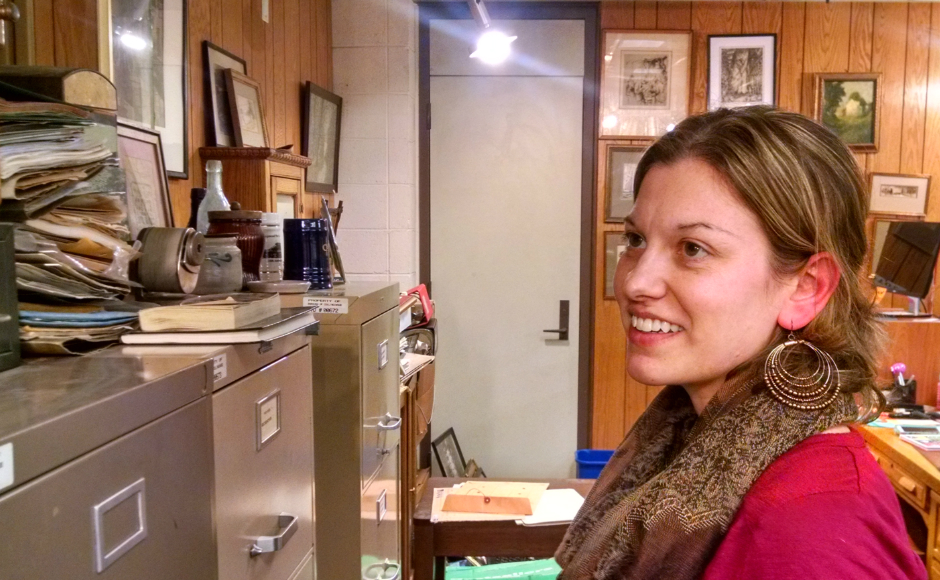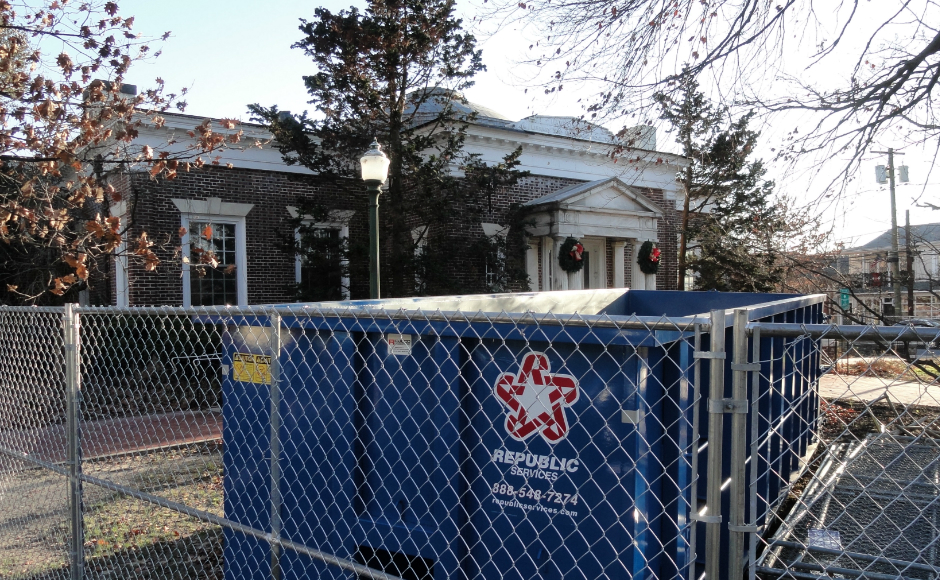Voters will consider the New Jersey Library Construction Bond Act, a dollar-for-dollar matching grant to perform needed upgrades at their local libraries.
By Matt Skoufalos | August 21, 2017
This fall, when New Jerseyans head to the polls to pick their next governor, they’ll also decide whether to approve a bond referendum designed to help revitalize their local libraries.
The New Jersey Library Construction Bond Act would dedicate $125 million “to build, equip, and expand public libraries to increase capacity and serve the public,” according to legislation from the state Assembly.
Any amount granted through the program would be matched locally or at the county level, and any town or county that receives state aid through the bonds may also solicit private funding to help cover its portion of the costs.
For local municipal libraries, the question represents an opportunity to provide some needed infrastructure improvements for which they don’t otherwise have the funds.
Haddon Heights Public Library Director Christopher Walter said his library serves an important community role from its downtown location on Station Avenue; one that could only be expanded with some updates.
“The creation of a makerspace, new furniture, a dedicated teen area, and an expanded children’s room are just a few of the things we dream of in Haddon Heights,” he said.
Typically, however, libraries don’t have the money to divert to capital projects like those. Walter only has an annual local budget of about $330,000 with which to host community programs, maintain the borough’s media collection, pay salaries and benefits for two full-time employees (including himself), and meet a year’s worth of energy bills for the building.
That budget can be supplemented by outside aid sources, but the state isn’t necessarily one of them: in 2017, the Haddon Heights library was awarded just $3,200 in state aid.
Walter says that equates to probably a year’s worth of museum passes for borough residents and maybe one or two other digital subscription services, like Hoopla.
In other words, it doesn’t take him very far.
“We’re the heart of the community, the downtown; everything funnels through the library,” Walter said. “I sell tickets to every nonprofit event, every group, organization, all that stuff comes through here.
“There are so many things we do that people wouldn’t typically think of in terms of libraries, and I think many libraries across the state have the same experience,” he said. “Libraries aren’t going anywhere… but we do need to adapt to the current and future needs of our patrons.”
Collingswood Public Library Director Carissa Schanely said the bond question represents a great opportunity to correct a course of diminished funding that she traces back to the 2008 economic downturn.
“Libraries suddenly had to provide more services than ever, to a greater number of folks in need, and with funding cutbacks,” Schanely said. “Library facilities have been further stressed over the past decade, but most communities haven’t been able to pay for necessary maintenance, let alone make improvements.
“Every library needs something… and this is the right time to make those improvements,” she said.
“And of course, these projects will provide income for local contractors, so it’s a win-win situation.”
Collingswood upgraded its library roof and made some technology improvements in the past year, Schanely said.
Yet there’s still a lot that could help make the building more “clean, comfortable, and useful,” she said, including bathroom upgrades, new carpeting, and extra storage space. Another major focus is modular furniture.
“You might have a bunch of folks who like to sit together in the morning to read the newspapers and chat about local news, so they want seats that are close together,” Schanely said.
“In the afternoon, you have a lot of tutor-child combos who need just two spots together with a table,” she said. “Then at night, you might have a study group of eight people working together with a large table, or you might have five students who all need their own quiet spaces with individual work surfaces.
“Our building isn’t big enough to provide every variety of spatial arrangement that our users want, but modular furniture gives you a lot more flexibility,” Schanely said.
Last year, Haddonfield completed a $1.77-million upgrade to its 100-year-old library.
Although there were major costs associated with upgrading the building’s electrical and data infrastructure, library director Eric Zino said the bulk of the work was dedicated to bringing the facility into ADA compliance.
“We didn’t gain any new space for collections, but we did gain 2,000 additional square feet, which was necessary to give us the elevator and new bathrooms,” Zino said.
“It gave us a little bit of room between the bookshelves, and if you need that accommodation, you can navigate around the library much easier now.”
That remediation squares with a capital improvement survey conducted by the New Jersey Library Association in 2014, which revealed that “45 percent of facilities were not ADA-compliant (lacked ramps and elevators, needed restroom upgrades); 60 percent needed additional square footage; and 49 percent required electrical upgrades.”
Zino said he’s seen similar, historic libraries around the state that “definitely needed more than a coat of paint,” and the political resolve to put money into fixing them up.
“It’s not reasonable that libraries can set aside money from their budgets to do these improvements,” he said.






